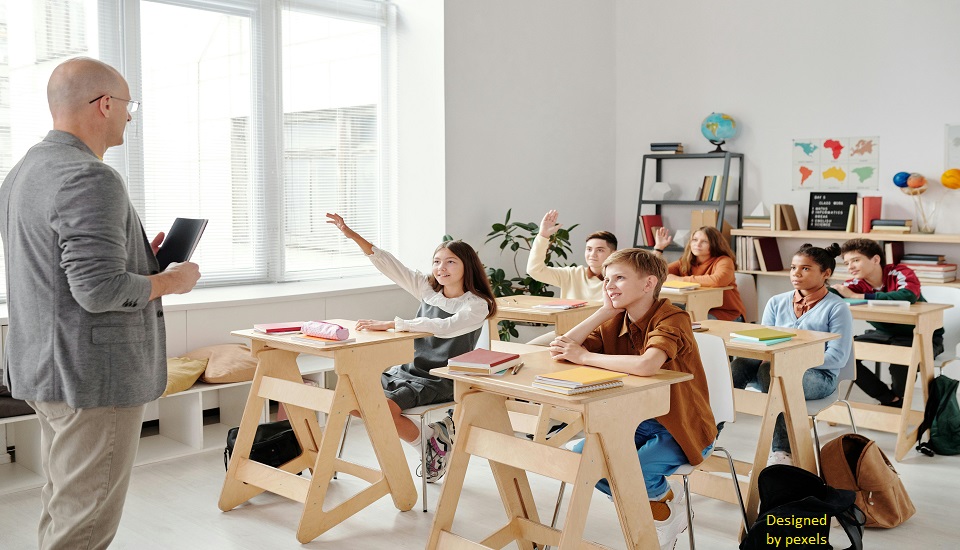Rote Learning vs Meaningful Learning: The Road To True Student Understanding
2nd December 2024

In education, the debate between rote learning and meaningful learning has been ongoing for decades. Both approaches have merits and drawbacks, but understanding their core differences and applications can help educators and learners make informed decisions about how knowledge is acquired and applied. Read on to learn about the major differences between the two learning approaches.
What is Rote Learning?
Educators who have pursued teacher training institute in Singapore know that, Rote learning is the process of memorizing information through repetition. This method focuses on the retention of formulas and facts without necessarily understanding the underlying concepts. A classic example is memorizing multiplication tables or historical dates.
While rote learning is often criticized for being superficial, it has certain advantages. For instance, it is useful for:
- Quick Recall
Memorizing essential facts or vocabulary is often necessary in fields like medicine, law, or language learning.
- Building a Foundation
Basic concepts, such as the alphabet or arithmetic, require memorization before deeper understanding can occur.
- Efficiency in Exams
Standardized tests often require rapid recall of information, making rote learning a practical strategy.
However, the limitations of rote learning are apparent. It often leads to:
- Shallow Understanding
Learners may struggle to apply memorized knowledge to real-world problems or unfamiliar contexts.
- Rapid Forgetting
Without meaningful connections, information is more likely to be forgotten after the test or task is completed.
- Lack of Creativity
Rote learning rarely fosters critical thinking or innovative problem-solving skills.
What is Meaningful Learning?
Meaningful learning, on the other hand, involves understanding and internalizing information by connecting it to existing knowledge. This approach emphasizes comprehension, context, and relevance. For example, rather than memorizing Newton’s laws of motion, a learner might explore real-world applications like roller coasters or car crashes to grasp the concepts.
The advantages of meaningful learning are substantial:
- Long-Term Retention
When learners understand the "why" behind the information, they are more likely to remember it over time.
- Transfer of Knowledge
Learners can apply their understanding to new and diverse scenarios, making the knowledge versatile and practical.
- Encourages Engagement
Meaningful learning fosters curiosity and motivates learners to explore topics deeply.
However, meaningful learning also has its challenges:
- Time-Consuming
This method often requires more time and effort than rote memorization, especially in environments with strict deadlines.
- Complexity
Not all learners find it easy to make connections between new information and existing knowledge without guidance.
- Resource-Intensive
Meaningful learning often demands skilled educators, interactive tools, and diverse resources, which may not always be accessible.
Balancing Both Approaches
Although rote learning and meaningful learning are often viewed as opposing methods, they can complement each other when used strategically. For example:
- Hybrid Learning Models
As educators you can first start with rote learning to establish foundational knowledge, you can then transition to meaningful learning to deepen understanding. This is common in STEM fields, where memorizing formulas is paired with solving real-world problems.
- Time-Sensitive Scenarios
In situations with tight deadlines, rote learning can provide a quick solution, while meaningful learning can follow for long-term comprehension.
- Customized Learning Paths
Different learners benefit from different approaches. A balance of both methods can cater to diverse learning styles and needs.
The Role of Educators in Shaping Learning Experiences
Educators play a crucial role in determining how and when to employ these strategies. To foster meaningful learning:
- Encourage Critical Thinking
Use open-ended questions and problem-based learning activities. Relate lessons to students' lives, interests, or current events.
- Use Technology and Tools
Interactive apps and simulations can bridge rote memorization and conceptual understanding. At the same time, educators should recognize when rote learning is necessary and provide techniques like mnemonic devices, flashcards, or repetition drills to make it more effective.
Bottom Line
Both rote learning and meaningful learning have their place in education. Rote learning provides a quick way to acquire essential facts, while meaningful learning ensures a deeper and more lasting understanding. The key lies in striking a balance that aligns with the learner's goals, context, and resources. By thoughtfully integrating both approaches, educators who have completed teacher training course in Singapore and their learners can reach the full potential of the learning process.
Written By : Sanjana










